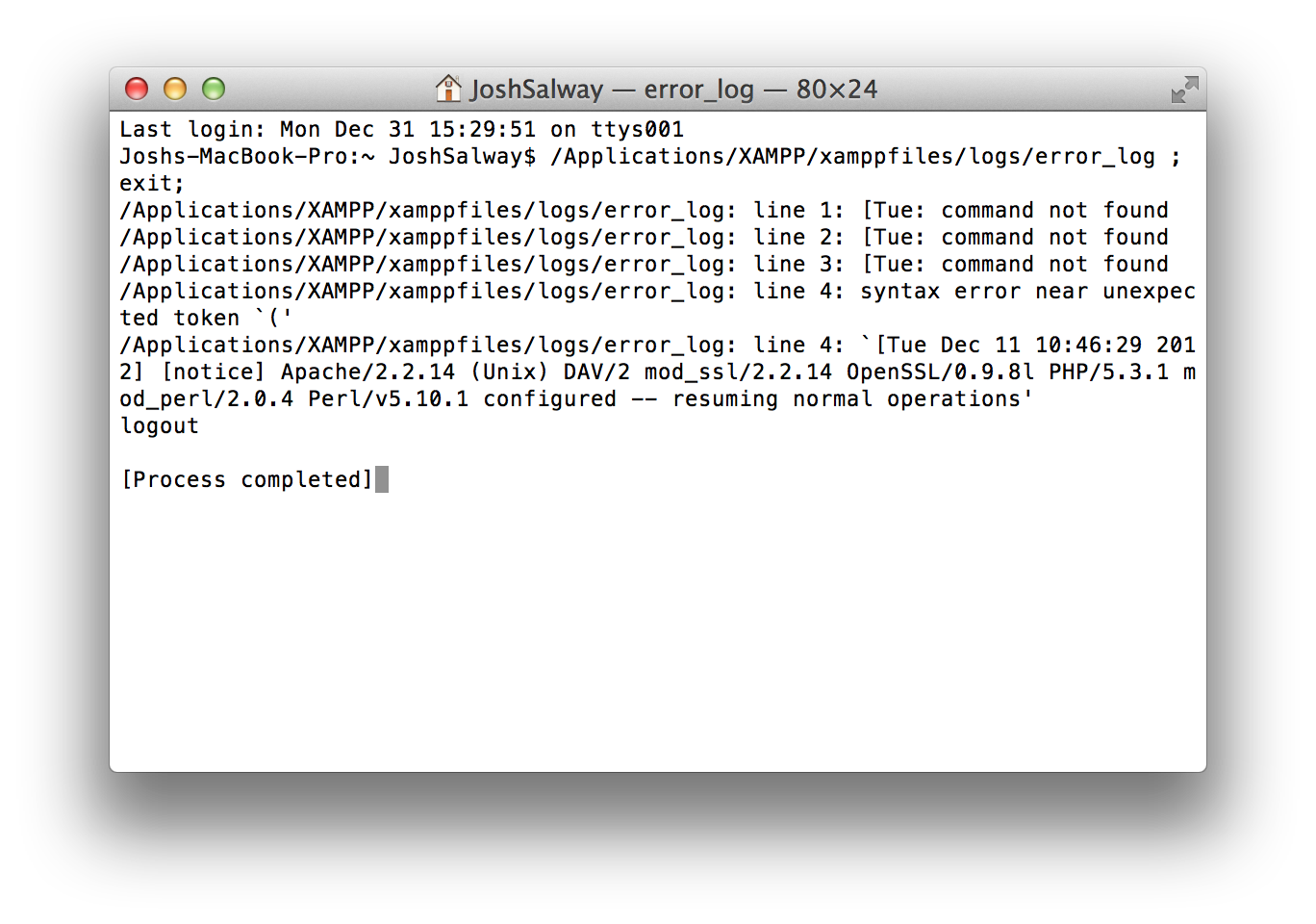Magicjack Update For Mac Catalina

Apple on Tuesday released a new version of Safari to address a pair of zero-day WebKit vulnerabilities that were reportedly exploited in the wild.
There are forum reports of the update to macOS Catalina resulting in some Macs becoming non-responsive, with some indication that an update to the EFI firmware may be responsible. Just installed 1.7b as per posting etc below, working under Sierra 10.12.6 - but unable to repair permissions (I suspect framework MIA due to Apple) and removing the swapfiles function doesn't work, but deep clean still deep cleans and other functions also working, so was glad I spent the 15 minutes getting this installed (1.6), upgraded (1.7b) and working. With Catalina running on the virtual machine, you’ll get all the tools you’ll need in a real computer such as the internet, sound, screen resolution, and a lot more. When you’ve installed macOS Catalina, you can also install the VMware Tools which enhances the performance and provides some great features such as full-screen resolution. Find the game you’d like to play, open the Game Manager and click on the Mac Games tab (or the Purchase History tab if you have already purchased the game). Search for a game from the list of compatible titles.
The latest Safari 14.1 update for macOS Catalina and macOS Mojave closes two WebKit flaws present in Apple's current-generation operating systems, according to a security document published today.
Detailed in a security disclosure on Tuesday, the two zero-day vulnerabilities — memory corruption and integer overflow issues — could allow malicious web content to execute arbitrary code on a target device. Apple said it was aware of reports that the bugs were exploited in the wild.
What Is Catalina Update For Mac
The vulnerabilities are identified as CVE-2021-30665 and CVE-2021-30663.
Apple patched the same flaws in its release of iOS 14.5.1 and macOS Big Sur 11.3 on Monday.
Along with the two critical patches, today's version of Safari 14.1 contains bug fixes and security protections introduced with a separate version of the web browser released in April.
Magicjack For Mac Catalina
AppleInsider has affiliate partnerships and may earn commission on products purchased through affiliate links. These partnerships do not influence our editorial content.
Many people remember Mac OS X 10.6.8 fondly. Not just 10.6 Snow Leopard, but particularly its very mature 10.6.8 release, the final one in that series. It’s considered a stable and perfectly fine version. It’s not a problem—until they want to mitgrate to a newer computer with the same files, preferences, users, and other elements as their current one. That’s particularly true when they want to keep their system and essentially brain transplant it to the latest two updates, macOS Catalina and Big Sur, and find there’s no direct path.
Apple offers Migration Assistant both when setting up a Mac (whether new or erased) and as an app within macOS, particularly to migrate user accounts and applications. As a source, you can use a Time Machine backup, a disk image copy of your macOS startup volume (via a cloning app, for instance), or another Mac.
But Migration Assistant has its limits: in Catalina and Big Sur, you must migrate from a backup made from or a computer running Mac OS X 10.11 El Capitan or later. Attempts to copy from older installations lead to an error.
However, you’re not stuck. You have several alternatives you can try.
Upgrade past 10.6.8

It may seem like a pain, but if you have a computer that can be upgraded to 10.11 El Capitan or later, that’s your best bet. This list of models from One World Computing will help you figure out if your Mac can be upgraded that far. It covers years of Mac releases. (No Macs that can run Snow Leopard can be upgraded to Catalina or Big Sur, which would solve the problem, too.)
Apple has instructions on installing a terminal release of Mac OS X or macOS for its old computers.
Once upgraded to El Capitan or later, you can then run Migration Assistant to transfer data to Catalina or Big Sur.
If your computer’s last OS option isn’t El Capitan, read on.
Copy just the user directory
When spanning such a long gap between releases, you may not need applications or any settings files—you just want to transfer all your document, pictures, and other personal files. In that case, you can use these directions in a Mac 911 column from last year. While that article was written to help you overcome a Migration Assistant failure, it also works when Migration Assistant can’t.
Each of the techniques in that article lets you move the files you need over to a new Mac. The options vary by what your older system is capable of and the level of technical detail you want to cope with.
Install an older Mac OS on an external drive for migration
If the Mac you’re upgrading to (not from) is in the right range of vintages, you can do the following:

- Install Mac OS X 10.11 El Capitan on an external drive. (Download El Capitan from Apple’s site.) El Capitan seems to be the last release that can migrate files from Snow Leopard.
- Use the Startup Disk preference pane to select that external drive and restart.
- Use Migration Assistant during setup or after setting up on the external drive to transfer data from your Snow Leopard Mac.
- Use Startup Disk to restart with your newer Mac’s intended startup volume.
- Now run Migration Assistant pointing to the external drive.
If you don’t own a Mac that can install El Capitan, you might be able to borrow such a machine from someone and use the same external drive approach that won’t affect the startup drive of their system.
This Mac 911 article is in response to a question submitted by Macworld reader Balthasar.
Ask Mac 911
We’ve compiled a list of the questions we get asked most frequently along with answers and links to columns: read our super FAQ to see if your question is covered. If not, we’re always looking for new problems to solve! Email yours to mac911@macworld.comincluding screen captures as appropriate, and whether you want your full name used. Not every question will be answered, we don’t reply to email, and we cannot provide direct troubleshooting advice.
Note: When you purchase something after clicking links in our articles, we may earn a small commission. Read ouraffiliate link policyfor more details.

- Related: